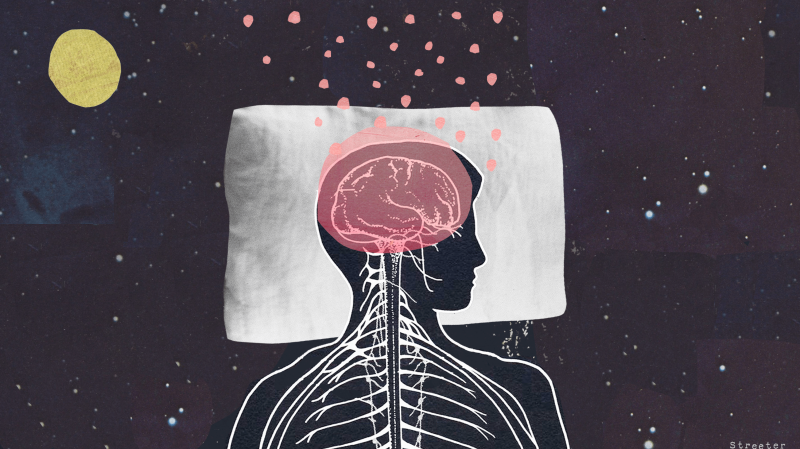Dolphins can swim with one hemisphere asleep while the other is alert, and some neurons in sleep-deprived rats can “switch off” while the animals are still awake. In humans, this so-called “local sleep,” in which specific neuronal populations take a nap while the rest of the brain is awake, has been more challenging to study, since the invasive methods used to track it in other mammals cannot be used on people.
A new study published July 21 in PNAS seems to have overcome this challenge. By simultaneously mapping human brain signals measured with two different methods (one with good temporal resolution and the other with good spatial resolution), the team pinpointed the waking or sleeping state of neuronal populations at the local level. The achievement made it possible to identify which brain regions are the first to fall asleep and which are the first to wake up.
This study offers “a new perspective” for studying the brain at the local level, says Vanderbilt University electrical engineer Catie Chang, who was not involved in this study, and the methods the authors used could help “put together a more complete picture” of what happens in the brain when we fall asleep.
Monitoring local sleep using fMRI could also be valuable in improving our understanding of sleep disorders. For instance, researchers can begin to ask what it looks like in healthy volunteers who have “no trouble falling asleep versus people who might have difficulty sleeping,” Chang says. And Song suggests the technique could be especially useful in understanding whether local sleep and local wakefulness have any function in humans, since currently “we don’t know anything about that.”































